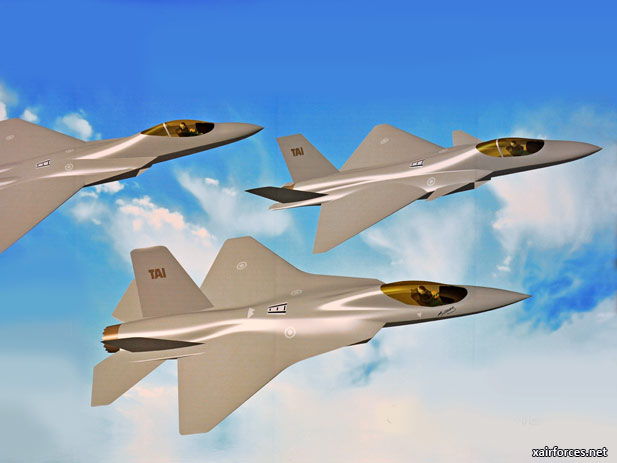
Turkey Picks Saab To Mentor National Fighter Program

Turkey has selected Saab to help shape its plans to design, develop and manufacture its first national fighter jet.
Ankara has already drafted three models, one of which likely will become its first indigenous fighter, although some analysts said Turkey should have opted for an unmanned model.
After lengthy negotiations with Saab, we have come to the conclusion to go ahead with this company to finalize our feasibility studies, a senior procurement official familiar with the national fighter program said.
He said that the Swedish aerospace and defense group already has assisted with the three models Turkish engineers have drafted, and these would be presented to top management at the countrys arms procurement agency, the Undersecretariat for Defense Industries (SSM), as well as to the Air Force.
We are working to make that presentation in September or October, the official said.
The Saab groups office here did not respond to questions by press time.
An official from Tusas Aerospace Industries (TAI), the local prime contractor for the program, said that one of the three drafts is a twin-engine stealth aircraft and the other two are single-engine models, also stealthy.
The procurement official said the program has two problems to overcome.
We need to pick up the right engine manufacturer with which we should be able to work out a long-term relationship. That will be essential. Also, we need to know that a meticulously devised cost-benefit analysis should prove this is a feasible program, he said.
A government official said the final decision on whether to launch the manufacturing phase would be made by Prime Minister Recep Tayyip Erdogan.
A lot will depend on the findings of the cost-benefit analysis in progress now, the official said. We would accept a certain margin that will make the Turkish fighter reasonably more expensive than available options. But if we find out that we could only manufacture a fighter, say, [at a cost] 40 to 50 percent more expensive than a proven, off-the-shelf buy option, then the prime minister would probably drop the idea.
According to a draft plan, the country is aiming for a maiden flight for its national fighter jet in 2023, the Turkish Republics centennial. Production would commence in 2021, and deliveries to the Air Force are planned between 2025 and 2035. The aircraft would remain in service until 2060.
This is a long-term plan, and given technological developments in the global aerospace scene, the Turks should perhaps have gone for an unmanned fighter, a London-based Turkey specialist said.
Earlier, TAI signed a technical assistance deal with Saab to carry out conceptual design work. This followed an August 2011 deal signed with SSM to begin the conceptual design work for the fighter and trainer jets that Turkey hopes to build.
Designing the first Turkish fighter, according to defense analysts, is a necessary but not critical step.
What is crucial here is whether this project would enable Turkey to earn capabilities to successfully integrate avionics, electronics and weapon systems into the chosen platform, the London-based analyst said.
Saab produces the JAS 39 Gripen, a lightweight, single-engine multirole fighter. Saab has cooperated with other aerospace companies in marketing the aircraft and has achieved moderate success in Central Europe, South Africa and Southeast Asia. More than 240 Gripens have been delivered or ordered.
In 2010, Sweden awarded Saab a four-year contract to improve the Gripens equipment, integrate new weapons and lower operating costs. Last August, Sweden announced it planned to buy 40 to 60 Gripen NGs. The Swedish order followed Switzerlands decision to buy 22 E/F variants of the jet.
For its fighter program, dubbed TF-X, Turkey hopes to copy the method devised to co-produce T-129 attack helicopters with Italian-British AgustaWestland.
We think this model has worked successfully and could be a template for our fighter program, the TAI official said.
Turkey also plans to buy the F-35. But Turkish officials said they wanted to develop a fighter jet with another country to reduce Turkeys dependence on Washington.
Source: By BURAK EGE BEKDIL, ANKARA defensenews.com News 6 June 2013
Photo: The Turkish Air Force TF-X Fighter Program (Photo by TAI)
(6.06.2013)
|